
Tech Communities: active & not-so-active ones
An analysis of winning & losing tech communities based on outreach, user support & rewards
Disclaimer: This blog is a personal perspective based on analysis with no intention of defaming a community so any constructive feedback is welcome:)
The chosen niche of analysis: Developer-concentric communities based on an open-source solution to a problem in the development workflow.
In this scenario, the term "communities" refers to every individual associated with the product, be it, someone, from the developer ecosystem at any tech level giving their invaluable insights as a user, interested enterprises willing to test the solution for further collaboration, or the individual collaborators looking forward to contribute through open-source.
Let's consider 2 communities - A and B in our chosen analysis niche. On careful observation, it is noticed that community A has quite an active online presence, and everyone is talking about their software, there is hype around every feature launch in this community, and the users and incoming collaborators are really satisfied with the product experience. This community is ever-growing organically, through word of mouth and everyone is happy with the overall growth in the product, which helps to plan better for scaling. However, community B is quite the opposite despite having a pretty good product. This community is not as active as community A in the sense that it doesn't have an active online presence on different platforms, no regular communication with the interested users with a continuous product feedback cycle in place, and collaborators aren't aware of their services. It's safe to say that community A is winning here in the tech space with some simple systems in place.
What are some lessons we can learn from community A?
An active online presence, be it big or small has a Snowball Effect.
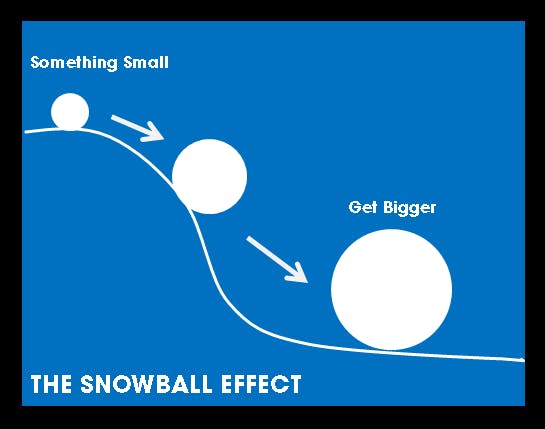
Quick support for product-related issues helps develop a trust system. It might be a technical or a non-technical issue bugging the user but an active support system motivates the user to reach out.
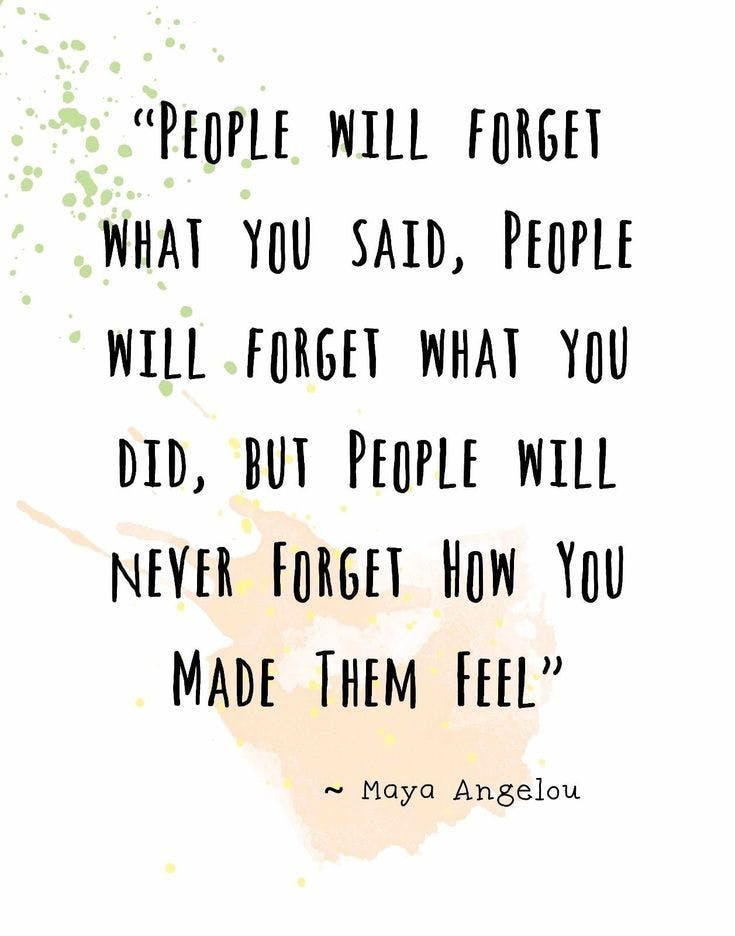
Active product feedback cycle. Being open to constructive online discussions regarding the product helped team A to get rid of some possible issues which weren't obvious to them initially because they were more focused on the product. This helped them make the best use of the open-source ecosystem.
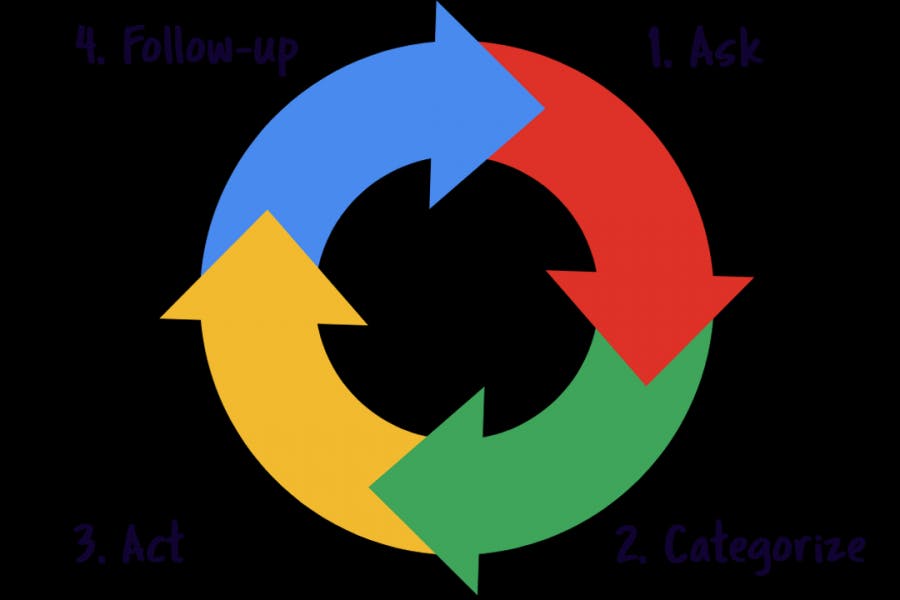
A personalized experience like emailing without any spamming for active users and interested collaborators goes out a long way. Team A is of the opinion that it wins only if everyone in the community wins, they strive to provide a positive and inclusive experience to the members.

Fun Collaborations are a part of their process to reach out to the relevant/target audience, they don't require a marketing Team, their product speaks for itself. They invest some of their efforts to present their product at conferences of their tech domain, and have candid conversations (not necessarily technical) to make sure that the community is engaging and people are looking forward to the next feature.

What are some pain points of community B that should be addressed with actionable lessons?
Having a great tech product is, unfortunately of no use if it doesn't reach the target user/audience. Being more vocal about the product through different platforms is really important for organic outreach.

Developers are busy people and it's understandable that they might not be available 24*7 for some user queries but small gestures like providing curated FAQs for possible problems a beginner might encounter or a chatbot assistant solves the problem of user-accessible support in some cases.
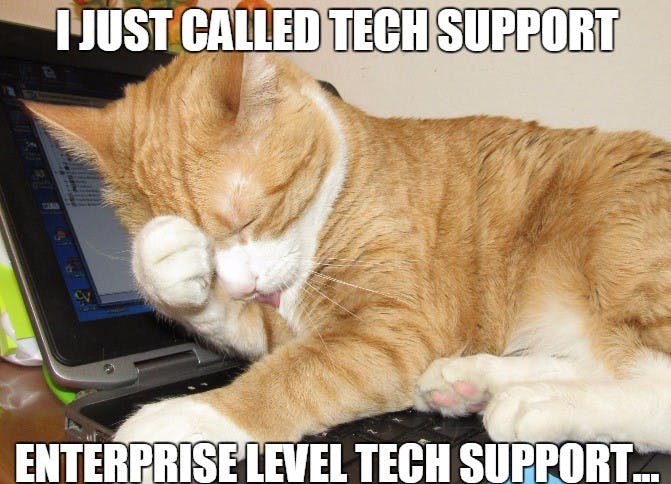
Asynchronous communication is better than no communication, it's okay if the community wasn't active for some time but taking the initiative to rekindle user/collaborator interests helps to overcome the dead silence.

Take the helpful feedback from the community to work on required areas, to build momentum as well as to make the community more engaging.
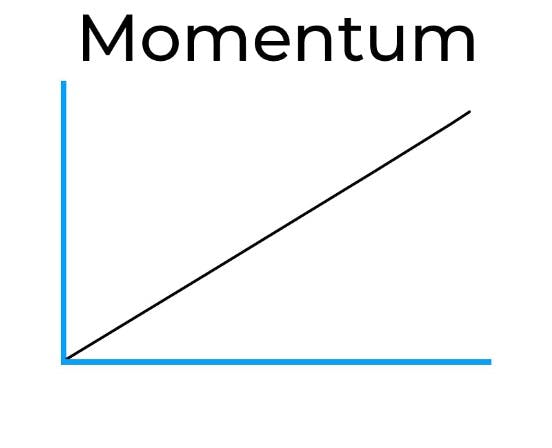
Collaborate, collaborate & collaborate, even if in a small way.

Thanks for reading this, feel feel to let me know if you gained any value from this blog, and areas where I can improve through your suggestions or collaborate on a fun project!:)
